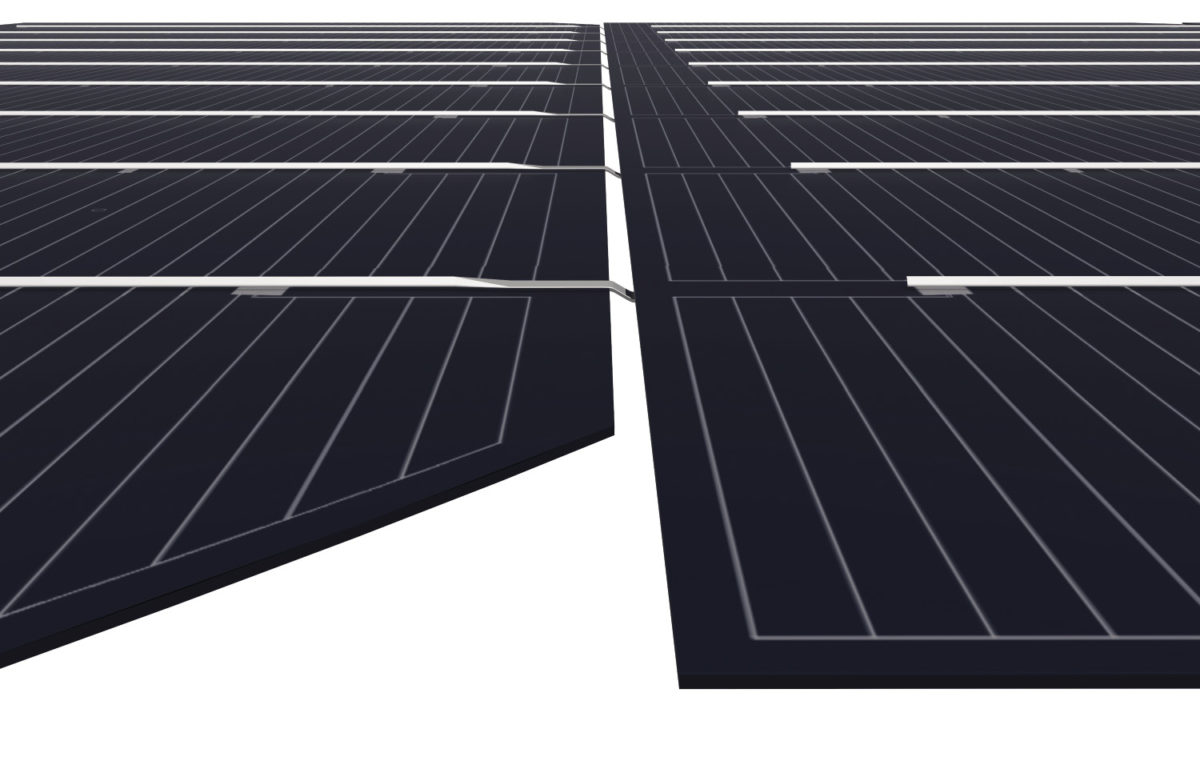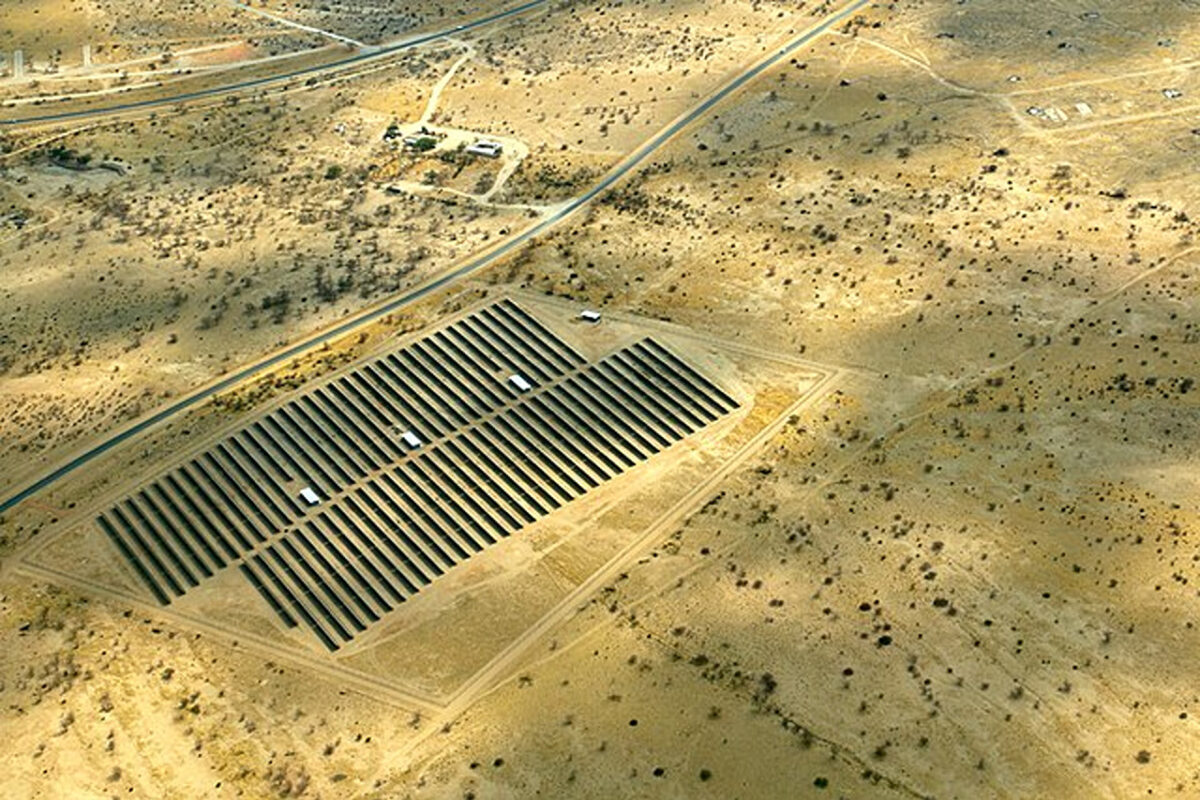From pv magazine 03/2021
PV cell and module technology discussions in 2020 were dominated by one thing: size. Over the course of the year, larger formats indicated that bigger was simply better. Chinese PV wafer and module giant Longi, instrumental in pushing the industry evolution toward monocrystalline PV wafers and cells in the second half of the last decade, had first advanced the M6 format (166 mm), only to quickly switch again to M10 (182 mm).
Having apparently settled on the M10 format, Longi employed novel module technologies to get the most out of the cells in its Hi-MO5 module series. These included mainstream technologies such as half-cut cells and nine busbars (9BB), but also a new approach to the interconnection ribbon itself – an approach that Longi claims can boost power output and enhance reliability.
Inside the tech
“At Longi, we are demonstrating that by optimizing our processes and the materials we use, that there is still room for improvement – and soldering is one of those improvements,” says Vitor Rodrigues, Longi Europe’s chief technical support officer. And alongside the ribbon itself, Longi has decided to implement a 0.6 mm “micro-gap” between cells, rather than partial overlapping used in a paved, tiling or shingled approach utilized by other major module makers. All techniques increase the active area of the module, packing more cells into the available space, and can be broadly referred to as “high density” module concepts.
Longi describes the new ribbon in its Hi-MO5 as “integrated segmented ribbon.” It involves a ribbon with a triangular section, to run across the front surface of the cell, and a flat ribbon section for when it runs behind the cells. Longi calls the new ribbon and micro-gap combination “Smart Soldering” and the company claims it can deliver 0.3% power gain when compared to conventional 9BB cell interconnection using conventional round wires – due largely to the reflection of light from the triangular ribbon section onto the front of the cell.
Longi’s Rodrigues says that while the power output gain is hardly trivial, it is really the quality advantages that “Smart Soldering” delivers which sets it apart. “If you know solar PV manufacturing, you know that there are two or three critical processes and one of those is the soldering,” continues Rodrigues. “If you stress the cell you can damage it, not enough [pressure] then there is not an effective soldering.”
Through the adoption of this new ribbon and novel process, Longi claims that the required tensile strength on the cell to achieve a high quality solder is reduced by 20% when compared to the round wire approaches of conventional 9BB. “This is very good news,” Rodrigues says, “because it has an impact on the optimization on our internal processes – it reduces the cost, because less stress reduces the number of cells with defects.”
Public recognition
The Hi-M05 module was recognized by pv magazine’s independent jury as being worthy of recognition due to its novel cell interconnection approach, and the deployment of gallium doped wafers to prevent degradation such as LID, in its 2020 Modules award category. The module series was the only module to be recognized as being “highly commended” – with JinkoSolar’s Tiger module judged the category winner.
Modules category juror Jay Lin, the founder of Taiwan-based quality assurance provider PVGuider, reports that Chinese stringer supplier JoyTech was the first to pioneer the triangular ribbon approach through the design of a machine that could handle two types of ribbon – triangular for the front side, and an ultra-soft flat ribbon for the rear.
These two ribbons were then soldered together in the module. Lin says that JoyTech initially worked with Jolywood to deploy the technology in mass production, but eventually the two companies abandoned the approach.
“I really like the idea because it really can increase the power and also the appearance is good,” says Lin. “On the frontside you don’t even see the ribbon because of its own reflection, but practically it is difficult to produce in mass production.” Placement of the triangular ribbon can be quite tricky, he adds, as it is difficult for the stringer to pick up and place the ribbon – which is usually done via a vacuum. “On the frontside, I understand that there is a special tool with which to put the ribbon and hold it on the cell.”
With the JoyTech approach, Lin also notes that soldering the two ribbons onto each half-cut cell increases the chances for failures. “Using 9BB means on each cell you have nine soldering points, with 120 cells that’s 1000 soldering points – it’s a bit crazy,” Lin says.
Production fixes
It appears that Longi has addressed the issues with the earlier iteration of the triangular ribbon concept, by integrating the two ribbon profiles onto the single spool to create the structured ribbon. Longi’s Rodrigues says that the company has been rigorous in testing the process and resulting modules via a “pull test” and through thermal cycling – the latter principally to test the solder quality. He says the Hi-MO5 passes such tests and that Longi is rigorous in working with its multiple material suppliers for the ribbon.
Ensuring the structured ribbon is placed correctly on the cells is essential for the production technique to be effective. The ribbon itself must be closely controlled in production and it may require reference ribbons to be cut from the spool used in the stringing process to ensure synchronization – potentially increasing material consumption and costs.
Despite challenges, Longi appears confident its approach balances power output gains with module quality and production cost. Longi reports that its current global capacity for the Hi-MO5, with “Smart Soldering,” is 13.5 GW.
This content is protected by copyright and may not be reused. If you want to cooperate with us and would like to reuse some of our content, please contact: editors@pv-magazine.com.




1 comment
By submitting this form you agree to pv magazine using your data for the purposes of publishing your comment.
Your personal data will only be disclosed or otherwise transmitted to third parties for the purposes of spam filtering or if this is necessary for technical maintenance of the website. Any other transfer to third parties will not take place unless this is justified on the basis of applicable data protection regulations or if pv magazine is legally obliged to do so.
You may revoke this consent at any time with effect for the future, in which case your personal data will be deleted immediately. Otherwise, your data will be deleted if pv magazine has processed your request or the purpose of data storage is fulfilled.
Further information on data privacy can be found in our Data Protection Policy.